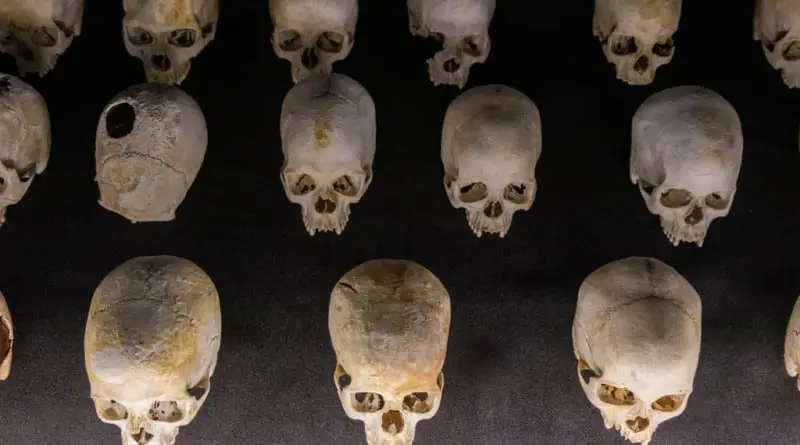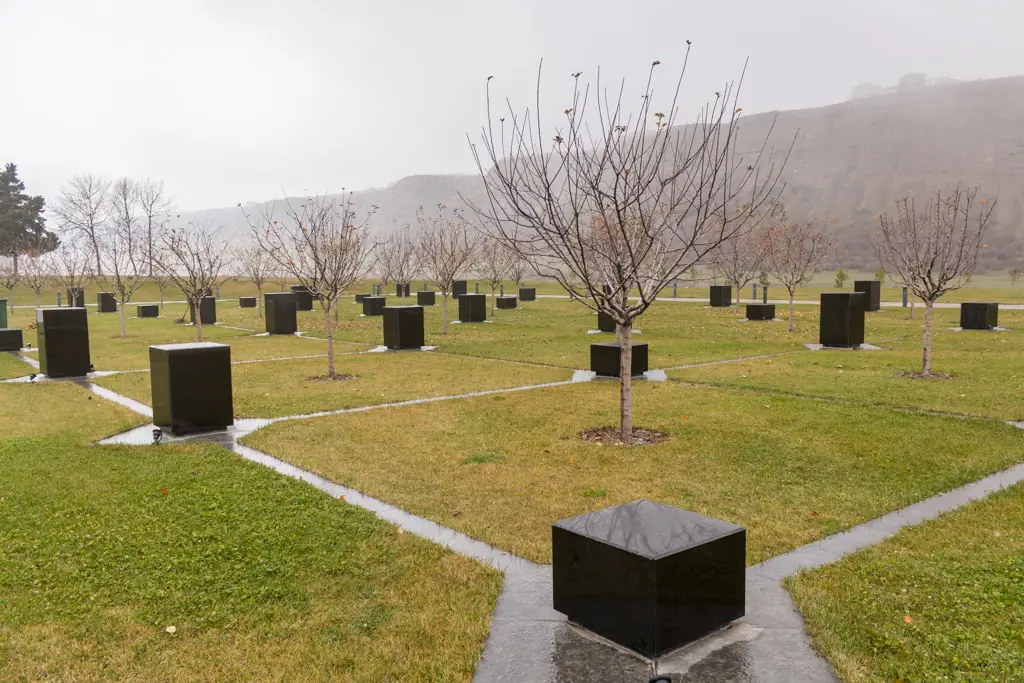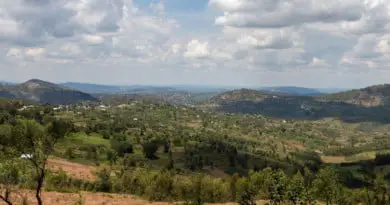Cut the tall trees
Read / lees in :
Nederlands

Like I explained the last time, they were working towards the extermination of the Tutsis in Rwanda systematically. The people were incited to hate the Tutsis on a daily basis by Radio Mille Collines. At the same time the Hutus had organised themselves in the Interahamwe militias who were trained and supplied with arms like machetes, baseball bats with nails, axes etcetera. The Tutsis were, thanks to the Belgians, easy to spot by their ID cards. The blue helmets, who were in the country as a result of the peace accords between the Hutu government and the Tutsi rebels, got wind of the imminent danger for the Tutsi minority in January ’94. So they warned UN headquarters and planned to raid the weapon depositories. But Kofi Annan, head of the peacekeeping missions at that time, forbid the latter and stayed passive in the matter. This however didn’t prevent him from becoming the big boss of the organisation later on, or even from getting the Nobel Peace Prize!
Cut the tall trees
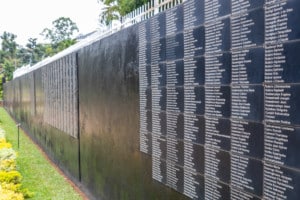
So the Hutus could continue with their plans unhindered. The only thing they still needed to get the ball rolling was some kind of incident. They chose to shoot down the plane of the Hutu president when he returned from an official visit to neighbouring Burundi. That gave the conspirators the opportunity to seize power and to blame the blue helmets and the Tutsis for killing the president. A day later they murdered ten Belgian UN soldiers, and the prime minister they were protecting, in order to get the Belgians to pull out their blue helmets. Which they did immediately. Except for the Belgians, the UN also pulled out 260 other blue helmets. Now nothing stood in between the Hutus and the Tutsis anymore. Through the radio they then issued the orders for the brutal massacres with the code words: ‘Cut the tall trees’. I’ll spare you the gruesome details illustrated with pictures in the museums. But you can probably imagine them more or less when you read back what the weapons of choice were for the militias. The killing spree went on for more than three months, with almost a million victims as a result. Until the Tutsi rebels succeeded in gaining control over the country. The French army, that didn’t have clean hands to begin with, even helped the Hutus with keeping Radio Mille Collines in the air during the last days of the genocide, and later to escape to Congo with their operation Turquoise.
25 years later
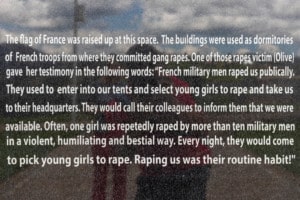
Paul Kagame the leader of the Tutsi rebels has had a tight grip on the country ever since. We arrived by the end of March in Rwanda, and were still there during the first week of April, 25 years after the genocide had started. After we had delved into the history I started to look very differently at the people. Whenever I saw men of my age I couldn’t help wondering what their role had been. Sometimes I asked how I could recognise a Tutsi or Hutu. But they always gave the politically correct answer that there is no difference, and that they are all Rwandese. Most of all I wondered how someone is capable of slaughtering men, women and most of all (small) children with a machete or axe. Day after day during several months! In many cases killing their own neighbours, or family members even. How much hate do you have to have inside, to be able to do so? And that after a day, a week, a month you still didn’t get it out of your system. How is it possible that pastors convinced people that they would be safe in their church, and then call the militias on them? And, did they really forgive each other? While in Burundi, where the population consists of Hutus and Tutsis too, we sensed a grim atmosphere. Fortunately we didn’t in Rwanda. But what if Kagame is no longer there?
Must watch: Hotel Rwanda

